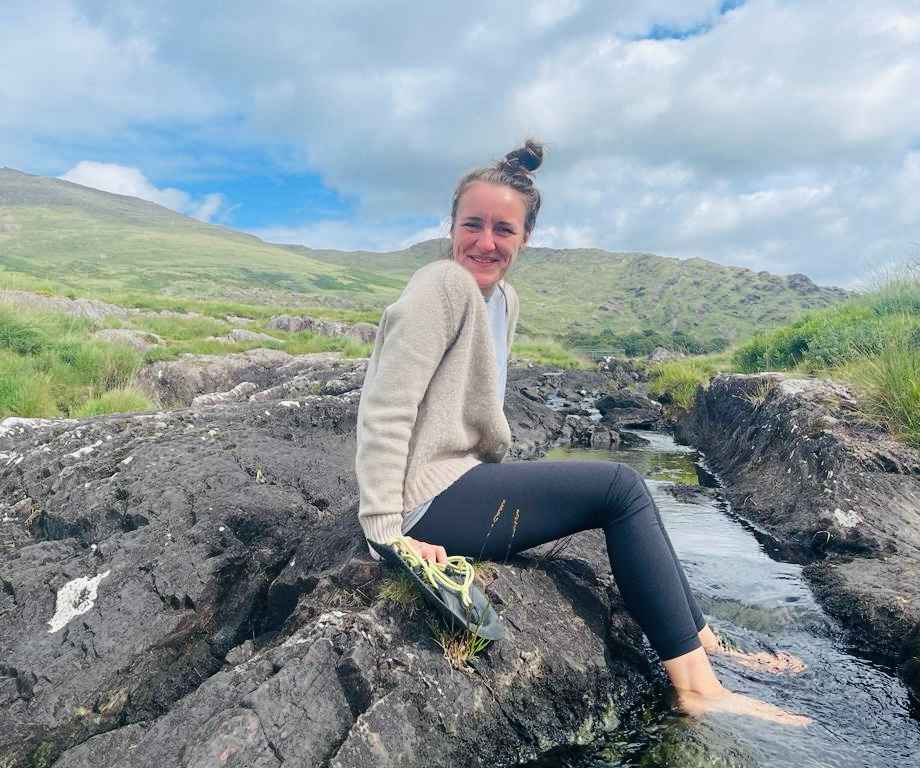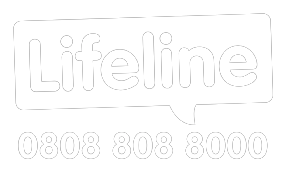Reviewed By Cara Swanston - Registered Member MBACP Adv. Dip.
Breathing Meditation
10 February 2023
Find a quiet spot and take a few minutes to just breathe fully using these three basic principles.

Catherine Wells
Occupational Therapist
This meditation uses a few different principles to support relaxation. The most important thing is that you enjoy the practice and make it work for you so if it feels best to focus on one of the techniques to begin, then do that.
You can use this practice a few times a week for anywhere between 5 to 20 minutes.
There are 3 principles in use, any one of these will help you relax so, if you find that using all three is too much, just pick one to concentrate on for now.
3 Breathing Principles
- Nasal Breathing – That’s breathing in AND out through your nose, which many of us don’t do regularly actually. Many of us are mouth breathers, so this might feel a little bit weird at first.
- Breathing into your Tummy – on your inhale, really expanding the belly out, and on the exhale really letting go and letting it collapse back in again. Again, this can be difficult for those of us that are used taking shallow breaths from our chests. Many of us also unconsciously, engage the abdominal muscles tightly, so try to really relax all those muscles around the stomach area.
- Make your Exhales Longer than your Inhales – Breathe in for a count of 4 and breathe out for a count of 6. Count in your head, at a pace that is comfortable for you.
Breathing Meditation Reminders
- If your mind wanders, say “Hi” to the thoughts and compassionately bring you attention back to your breathing.
- Keep you attention inside your body, notice what is going on. Non judgementally. Just notice.
- Lengthen the spine, lengthen up through the crown of your head
- Relax your shoulders away from your ears.
- Relax the muscles of the face.
- Make sure you are not clenching your jaw.
- Relax the muscles around the eyes.
- Shift your gaze down or you can close your eyes all together.
- Breathwork is a practice, it will start to feel easier and have more benefits when you use it daily.
When To Use It
The second biggest nerve in our body the Vagus Nerve, 80% of the fibres in that nerve send messages from body to brain. This meditation promotes breathing in a way that sends messages to our brain that tell us we are safe, we can relax, we can digest our food and we can rest. That will allow our brain to illicit lots and lots of changes in our body which will create that relaxation response.
- You can use it for stress relief in the moment.
- Great for before bed to get our body and mind ready for a restful sleep.
- This is a lovely practice to do consistently and you will feel those stress levels lowering over time.
Resources
“The Breathing App” (on IOS or ANDROID)
This app does is it helps you time your inhales and exhales. You can do it via various ways, there’s different settings to suit your needs. What I like the most about this app is there is an option to do it through sound. So you can close your eyes and breath in to one tone of sound and out to another. I actually find that sound really relaxing of as well. So, it’s like lots of nice sensory stimuli for your body when you use that. Here is a little example of the app which you can try out.
Get Inspired Further
Gratitude - Story Practice
We are a species of storytellers. Stories are at the centre of human existence. This is one of the reasons that this gratitude practice using the power of story has been seen to be one of the most powerful and effective gratitude practices.
the positive effects of gratitude
We absolutely know that an effective and consistent, gratitude practice can have huge long term positive effects on mental and physical health.
Gratitude - Three Good Things
Can you find something to be grateful for even on the grey days? While taking this video, I was grateful for seeing flying ducks, hearing the crashing waves, and how you can hardly tell where the sky stops and the sea starts.



